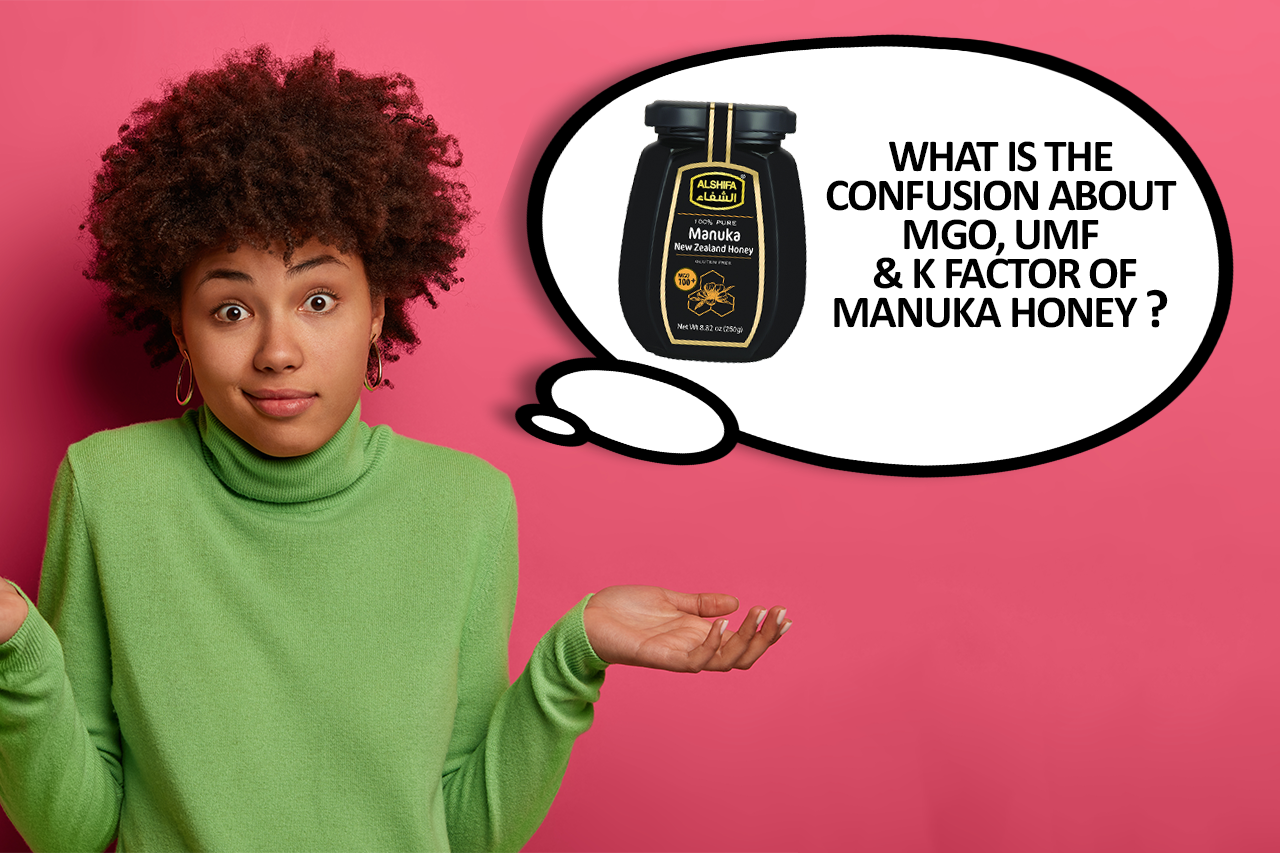Manuka honey is a type of honey that is produced from the nectar of the manuka tree, which is native to New Zealand. This honey is known for its unique flavor and medicinal properties, and has gained popularity in recent years as a natural health remedy. One of the key factors that sets manuka honey apart from other types of honey is the presence of certain compounds that give it its distinctive properties. These compounds include MGO, UMF, and K factor.
MGO, or methylglyoxal, is a compound that is naturally present in manuka honey in varying concentrations. MGO is believed to be responsible for some of the antimicrobial properties of manuka honey, as it has been shown to inhibit the growth of certain bacteria. The concentration of MGO in manuka honey is typically measured in milligrams per kilogram (mg/kg).
UMF, or Unique Manuka Factor, is a grading system that is used to measure the potency of manuka honey. The UMF rating is based on the levels of three key compounds present in the honey: MGO, DHA (dihydroxyacetone), and leptosperin. These compounds are believed to contribute to the antimicrobial and medicinal properties of manuka honey. The higher the UMF rating, the higher the concentration of these compounds and the more potent the honey is thought to be.
K factor is a system that is used to measure the purity and quality of manuka honey. The K factor rating is based on the levels of pollen present in the honey, as well as the amount of moisture and the amount of hydrogen peroxide. The higher the K factor rating, the higher the quality of the honey.
While MGO, UMF, and K factor are all important factors to consider when choosing manuka honey, it’s important to note that they are not the only things to consider. Other factors, such as the source of the honey and the processing methods used, can also affect the quality and potency of the honey. It’s always a good idea to do your research and choose a reputable brand when purchasing manuka honey.

